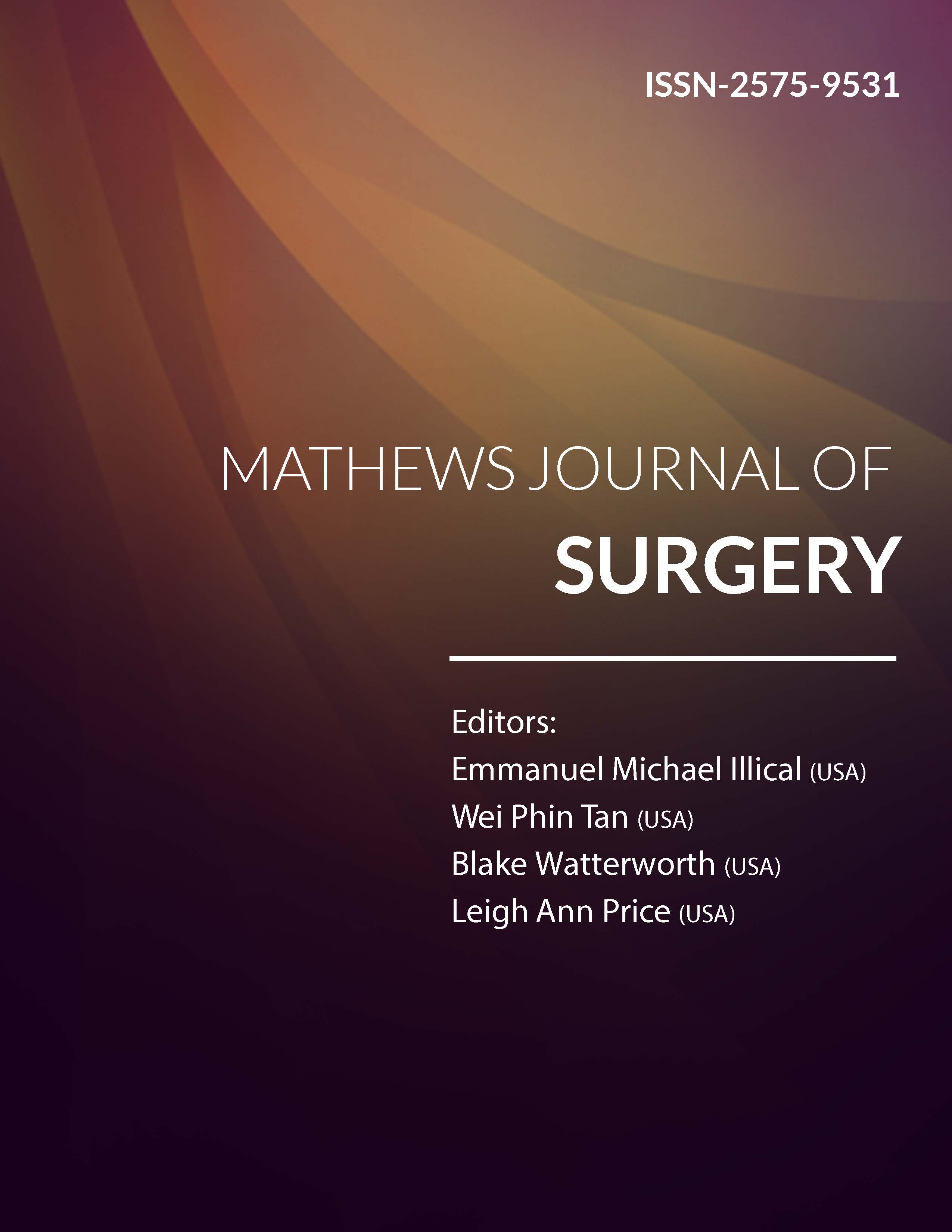
Information Links
Previous Issues Volume 6, Issue 4 - 2023
Evaluation and Management of Patients with Peripheral Vascular Disease Undergoing Endovascular Intervention: A Single Tertiary Center Experience
Mohamed Alshujaa1, Nabeel Almadwahi1, Abdulhafeedh Al-Habeet2,*, Mohammed S Najran1, Fahd Ali Alfahd1, Saeed Hadi Al-Bahlooli3, Abdulfattah Altam4
1Vascular Surgery Unit, Department of General Surgery, Al-Thawra Modern General Hospital, Sana’a City, Yemen
2Master of Epidemiology and Biostatistics, District Sales Manager at Shaphaco Pharmaceutical Industries, Sana’a City, Yemen
3Department of Surgery, Faculty of Medicine & Health Sciences, Thamar University, Dhamar, Yemen
4Department of General Surgery, School of Medicine, 21 September University, Sana’a City, Yemen
*Corresponding author: Abdulhafeedh Al-Habeet, Master of Epidemiology and Biostatistics, District Sales Manager at Shaphaco Pharmaceutical Industries, Sana’a City, Yemen, Phone: 0967775586642; E-mail: [email protected].
Received Date: October 12, 2023
Published Date: October 31, 2023
Citation: Alshujaa M, et al. (2023). Evaluation and Management of Patients with Peripheral Vascular Disease Undergoing Endovascular Intervention: A Single Tertiary Center Experience. Mathews J Surg. 6(4):24.
Copyrights: Alshujaa M, et al. © (2023).
ABSTRACT
Background: Peripheral artery disease (PAD) is a common condition, and its global prevalence is close to 200 million. Percutaneous transluminal angioplasty (PTA) for the treatment of limb ischemia has become the first-line option; however, in Yemen, it is in the embryonic stage due to a dearth of trained surgeons and dedicated centers. Consequently, we aimed to assess the early outcome and procedural success of PTA in the treatment of PAD. Patients and Methods: In the period between January 2020 and December 2022, an observational study was conducted at the vascular unit of surgical departments in the Al-Thawra Modern General Hospital (TMGH). We included all patients who were seeking assistance for sever claudication or critical limb ischemia (CLI) symptoms and were still using their limbs. Patients with renal impairment and/or acute limb ischemia, as well as those patients who were missing follow-up within 3 months, were excluded from the final analysis. The main outcomes were immediate success, symptoms, restenosis and amputation of a limb. Results: We included an overall of 103 PAD patients in the study. The mean age was 64.6 ± 13.1 years, with mostly male patients (n = 77, 74.8%). Minor tissue loss was the most common clinical presentation in our patients (n= 61, 59.2%). The majority of patients, 55 (53.4%), underwent balloon intervention. The incidence of any complication up to 3 months after the procedure was 15.5% (n = 16). Re-stenosis was the most common complication, occurring in 5 (%) patients. The success rate of the procedure was 79.6% (n = 82). Conclusion: Although PTA is in the embryonic stage in Yemen, its immediate outcomes are satisfactory overall. Given that restenosis was the most common complication occurring in our cases, it is still the Achilles’ heel of PTA.
Keywords: Peripheral Artery Disease, Percutaneous Transluminal Angioplasty, Endovascular Intervention.